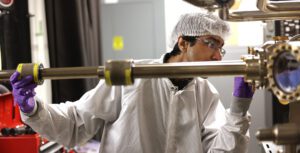NAI Senior Members are rising stars who foster a spirit of innovation while educating and mentoring the next generation of inventors.
The post Lola Eniola-Adefeso named National Academy of Inventors Senior Member appeared first on Michigan Engineering News.

 Michigan Engineering | University of Michigan
Michigan Engineering | University of Michigan 
